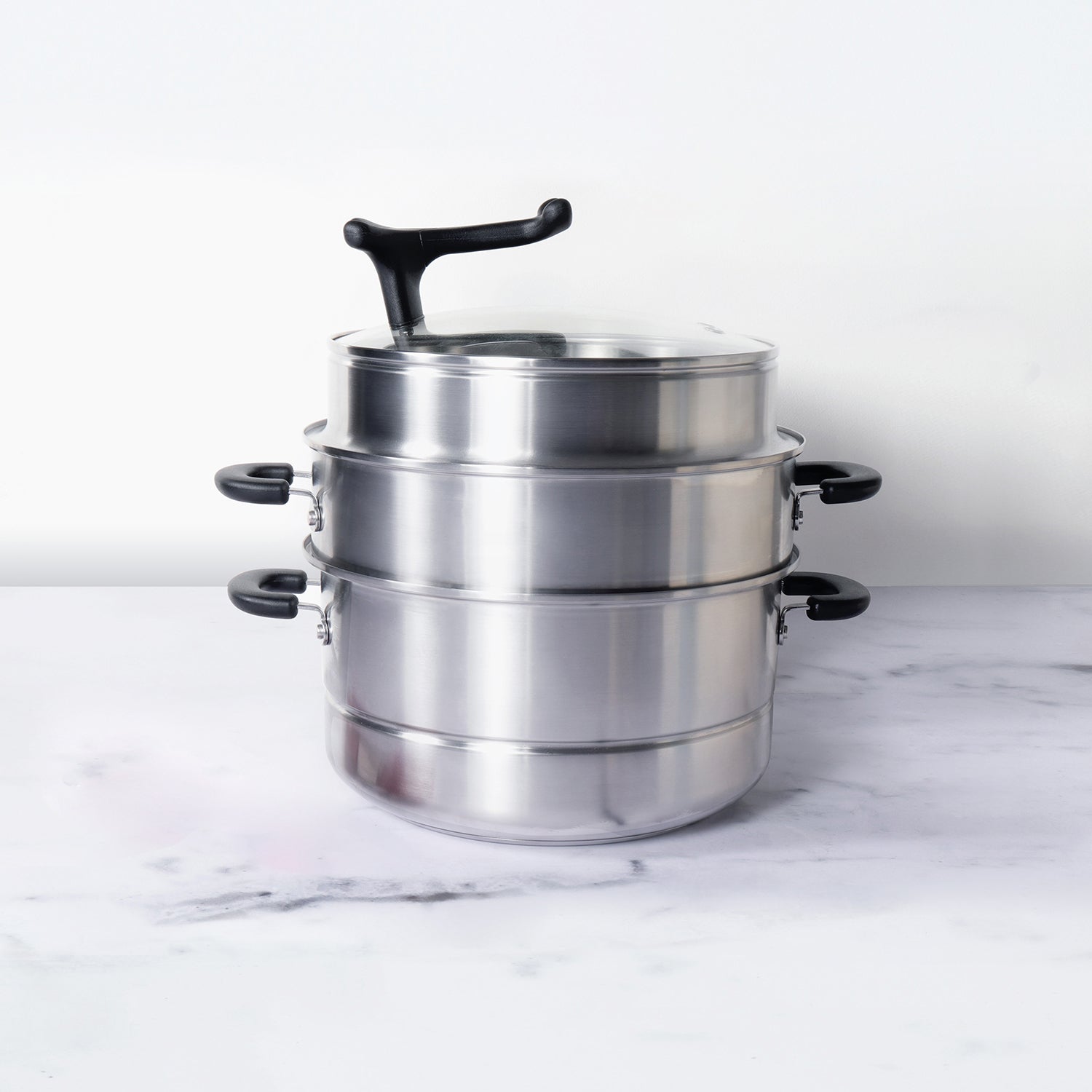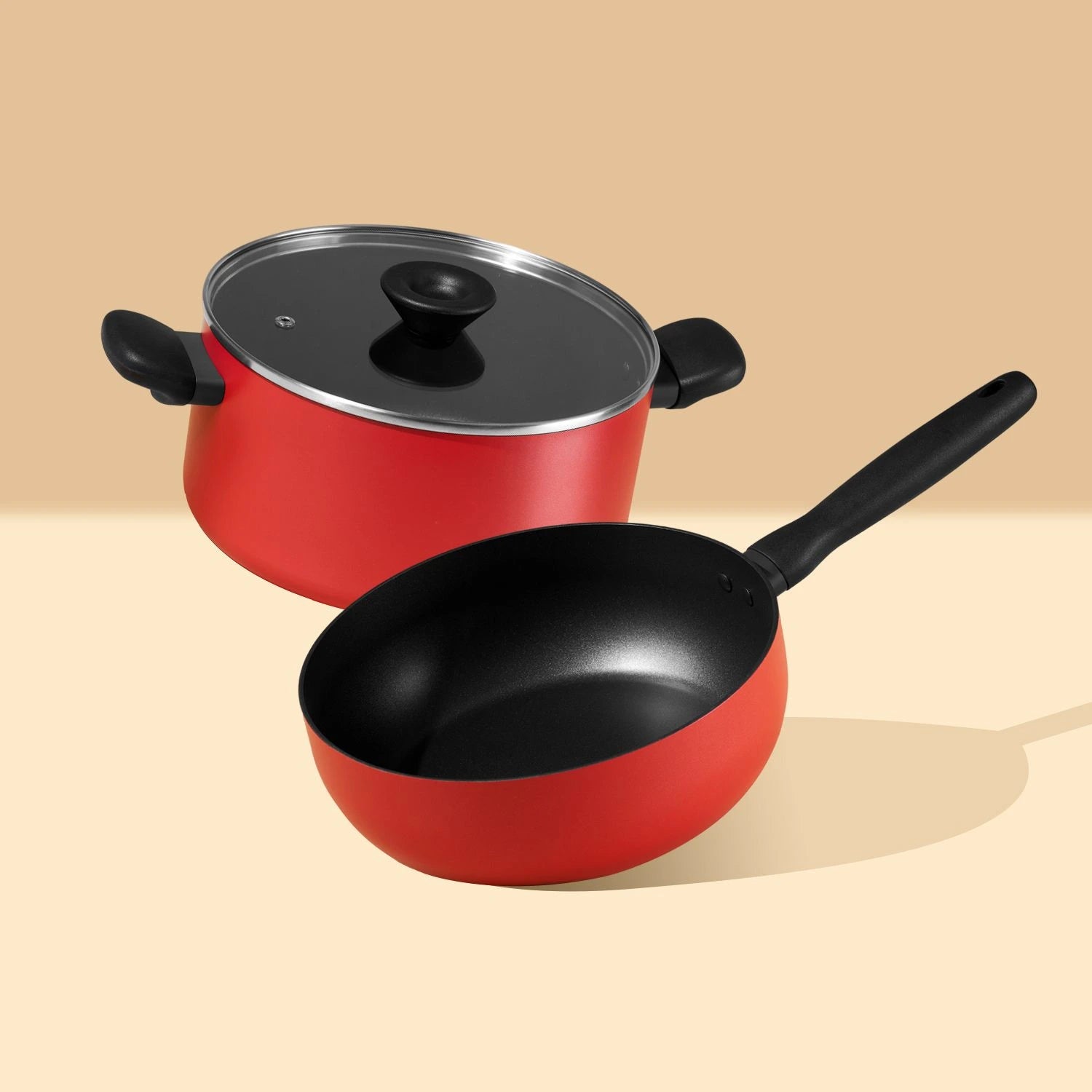Snacking can be a significant part of our daily routine, providing energy between meals and satisfying hunger. However, it's essential to be mindful of the nutritional content of common snack foods to make informed choices that support overall health and wellness. This ultimate guide to nutritional information for common snack foods aims to provide insights into the calorie, macronutrient, and micronutrient content of popular snacks, helping individuals make healthier snacking choices.
Table of Contents
- 1. Caloric Content of Snack Foods:
- 2. Macronutrient Breakdown: Carbs, Protein, and Fat:
- 3. Fiber Content and Satiety:
- 4. Micronutrient Density: Vitamins and Minerals:
- 5. Sodium and Added Sugars:
- 6. Portion Control and Mindful Eating:
- 7. Common Indian Snacks & Their Nutritional Value:
- 8. Samosa:
- 9. Bhel Puri:
- 10. Pakora:
- 11. Dhokla:
- 12. Poha:
- 13. Dahi Vada:
- 14. Conclusion:
Caloric Content of Snack Foods:
Caloric content varies widely among snack foods, with some options being calorie-dense while others are more calorie-light. High-calorie snacks like nuts, trail mix, and chocolate bars can provide a quick energy boost but may contribute to excess calorie intake if consumed in large quantities. On the other hand, lower-calorie options like fruits, vegetables, and air-popped popcorn offer satisfying snacks with fewer calories.
Macronutrient Breakdown: Carbs, Protein, and Fat:
Understanding the macronutrient breakdown of snack foods is essential for balanced nutrition. Carbohydrates provide quick energy and are found in snacks like fruits, crackers, and granola bars. Protein-rich snacks like Greek yogurt, cheese, and nuts help promote satiety and muscle repair. Healthy fats from sources like avocado, nuts, and seeds contribute to heart health and provide sustained energy.
Fiber Content and Satiety:
Fiber is an important nutrient found in many snack foods that promotes feelings of fullness and supports digestive health. Snacks high in fiber, such as fruits, vegetables, whole grains, and nuts, help control appetite and prevent overeating. Including fiber-rich snacks in your diet can help maintain stable energy levels and support weight management goals.
Micronutrient Density: Vitamins and Minerals:
In addition to macronutrients, snack foods can also provide essential vitamins and minerals that are important for overall health. Fruits and vegetables are rich in vitamins A and C, potassium, and folate, while dairy products like yogurt and cheese provide calcium and vitamin D. Choosing nutrient-dense snacks ensures you're getting valuable micronutrients to support immune function, bone health, and more.
Sodium and Added Sugars:
Many packaged snack foods contain high levels of sodium and added sugars, which can have negative effects on health if consumed in excess. Processed snacks like chips, pretzels, and canned soups often contain hidden sources of sodium, while sweet snacks like candy, cookies, and sugary drinks can contribute to sugar cravings and energy crashes. Opting for whole, minimally processed snacks and reading labels can help reduce intake of these harmful additives.
Portion Control and Mindful Eating:
Finally, practicing portion control and mindful eating habits is crucial for enjoying snacks in moderation and preventing mindless overeating. Instead of eating straight from the bag or container, portion out snacks into smaller bowls or containers to prevent overconsumption. Pay attention to hunger and fullness cues, and choose snacks that truly satisfy your cravings and nourish your body.
Common Indian Snacks & Their Nutritional Value:
Samosa:
- Calories: Approximately 100-150 calories per piece (depending on size and filling).
- Nutritional Information: Samosas are typically made with a pastry shell filled with spiced potatoes, peas, and sometimes minced meat. While they provide some carbohydrates and protein, they are also deep-fried, making them higher in fat and calories. Opting for baked or air-fried samosas can reduce the calorie content.
Bhel Puri:
- Calories: Approximately 150-200 calories per serving (1 cup).
- Nutritional Information: Bhel puri is a popular street food made with puffed rice, chopped vegetables (such as tomatoes, onions, and potatoes), and chutneys. It is low in fat and can be a good source of fiber and vitamins, depending on the amount of vegetables used. However, be mindful of added sugars and fats in the chutneys and fried components.
Pakora:
- Calories: Approximately 100-150 calories per serving (4-5 pieces).
- Nutritional Information: Pakoras are deep-fried fritters made from gram flour (besan) batter mixed with vegetables like onions, potatoes, or spinach. While they provide some protein and fiber from the chickpea flour and vegetables, they are high in calories and fat due to the frying process. Baking or air-frying pakoras can lower their calorie content.
Dhokla:
- Calories: Approximately 80-100 calories per serving (1 piece).
- Nutritional Information: Dhokla is a steamed savory cake made from fermented rice and chickpea flour batter. It is low in calories and fat, high in protein, and a good source of fiber and complex carbohydrates. Dhokla is often served with green chutney, which adds flavor without significantly increasing the calorie count.
Poha:
- Calories: Approximately 150-200 calories per serving (1 cup).
- Nutritional Information: Poha, also known as flattened rice, is a popular breakfast or snack option. It is made by dry-roasting flattened rice and then sautéing it with onions, peas, peanuts, and spices. Poha is low in fat, rich in carbohydrates, and a good source of fiber and vitamins. Adding vegetables increases its nutritional value.
Dahi Vada:
- Calories: Approximately 150-200 calories per serving (2 pieces).
- Nutritional Information: Dahi vada consists of lentil dumplings soaked in seasoned yogurt and topped with chutneys and spices. While the lentils provide protein and fiber, the yogurt adds calcium and probiotics. Dahi vadas are relatively low in fat but can be high in calories due to the toppings.
Conclusion:
By understanding the nutritional information of common snack foods, individuals can make informed choices that support their health and wellness goals. Whether opting for nutrient-dense whole foods or indulging in occasional treats, being mindful of portion sizes, macronutrient balance, and ingredient quality ensures that snacks can be a satisfying and nourishing part of a balanced diet. With this ultimate guide to snack nutrition, you can snack smarter and enjoy a healthier lifestyle.











Leave a comment